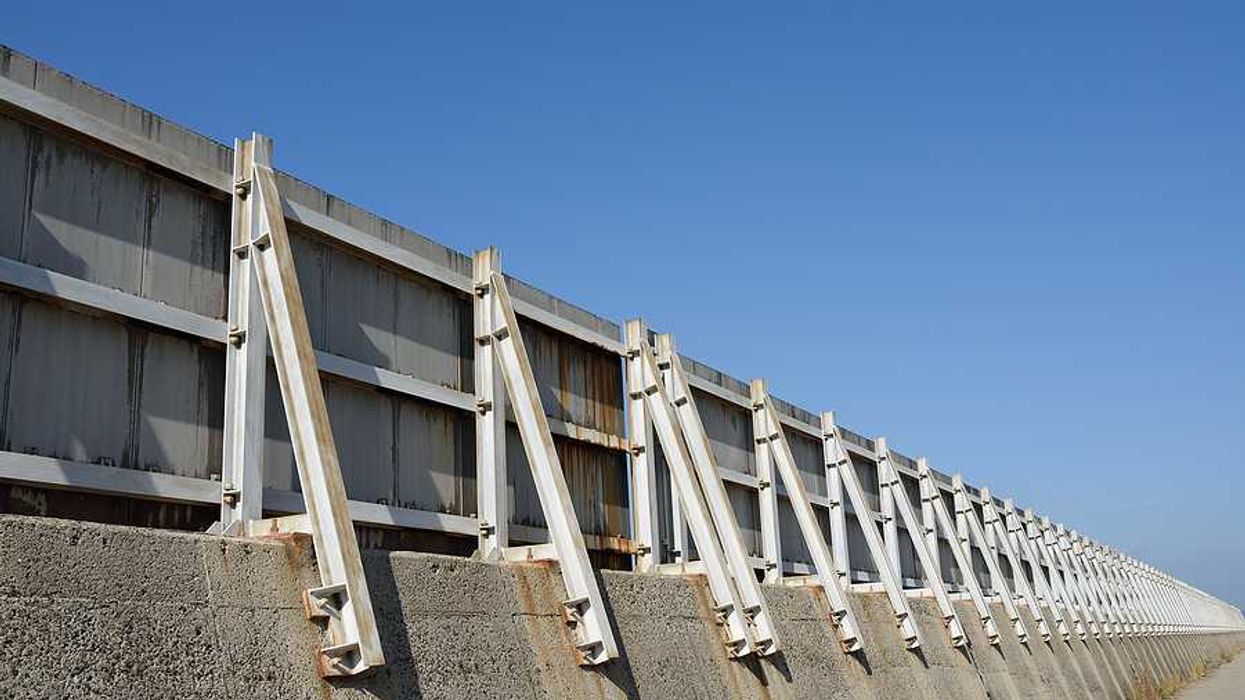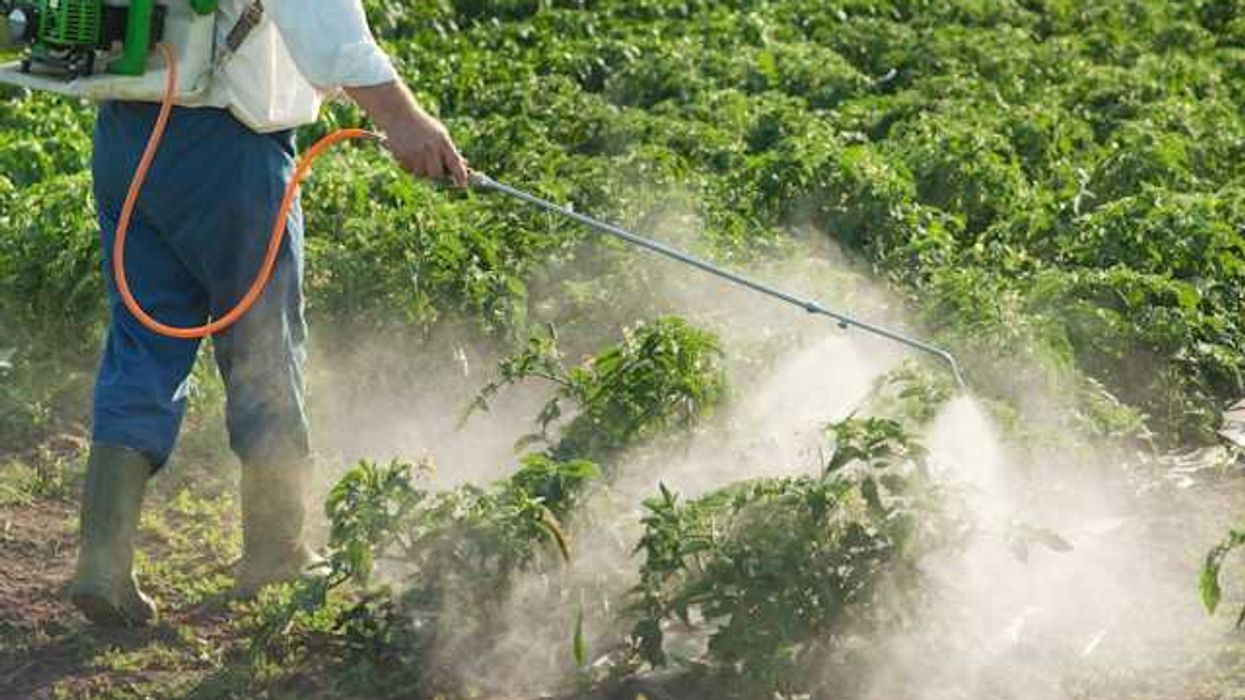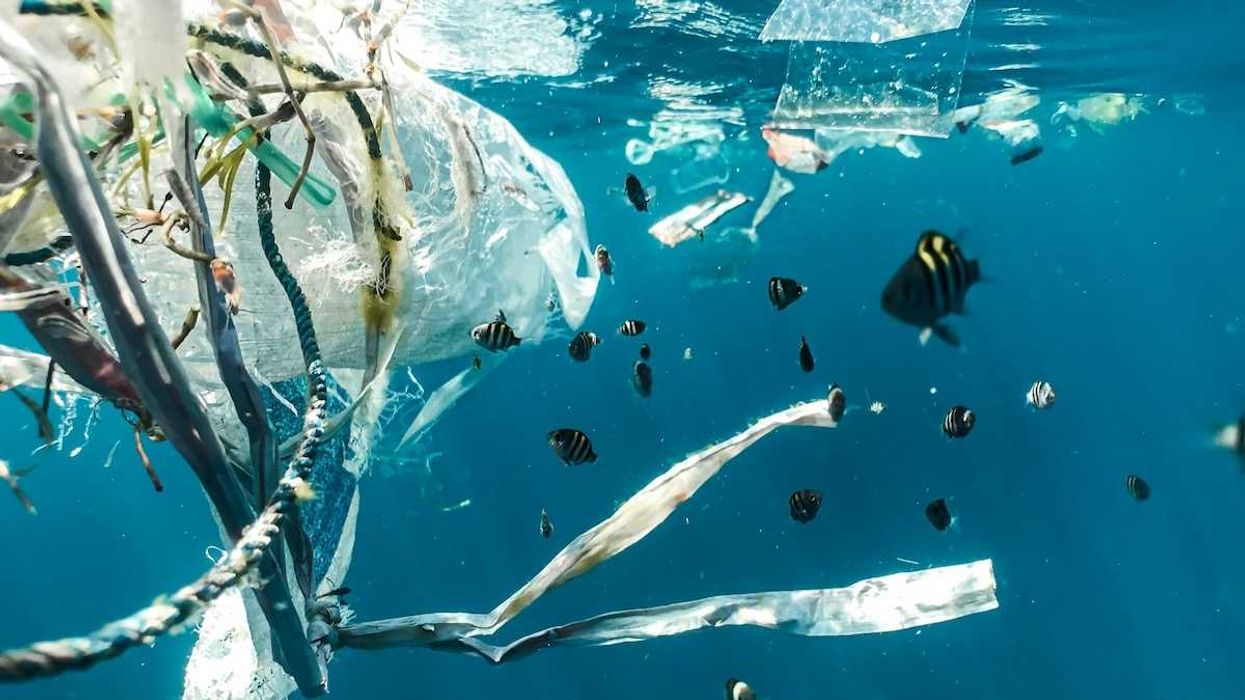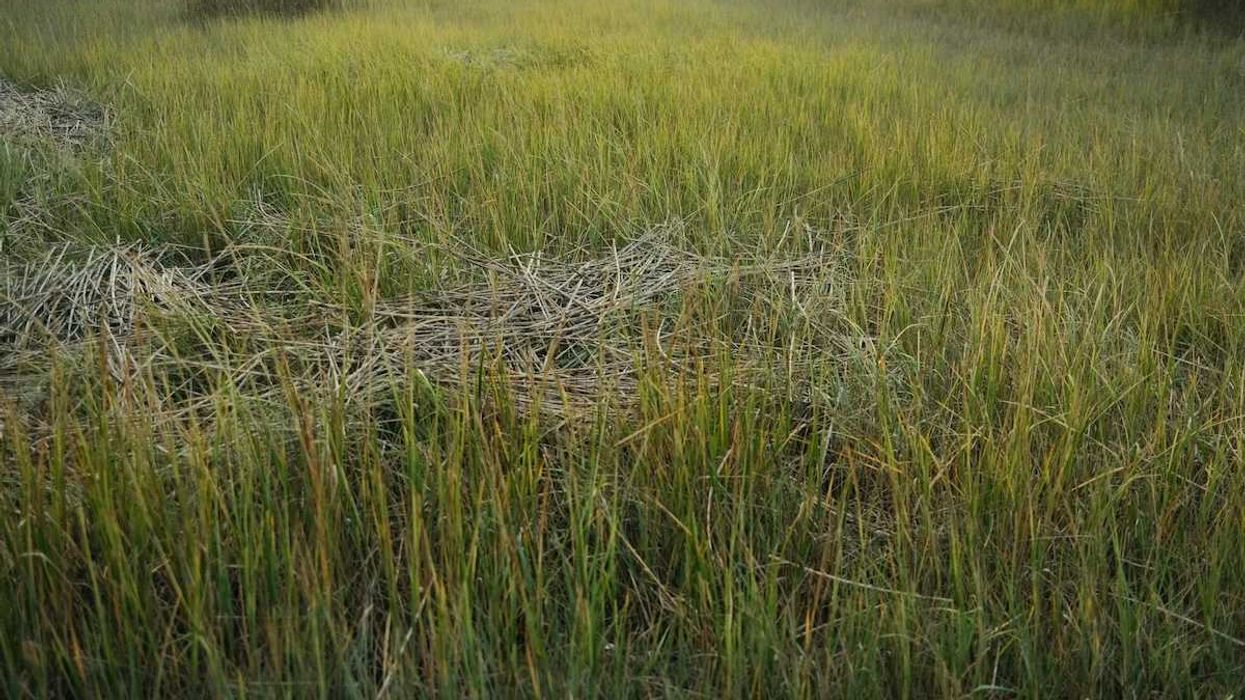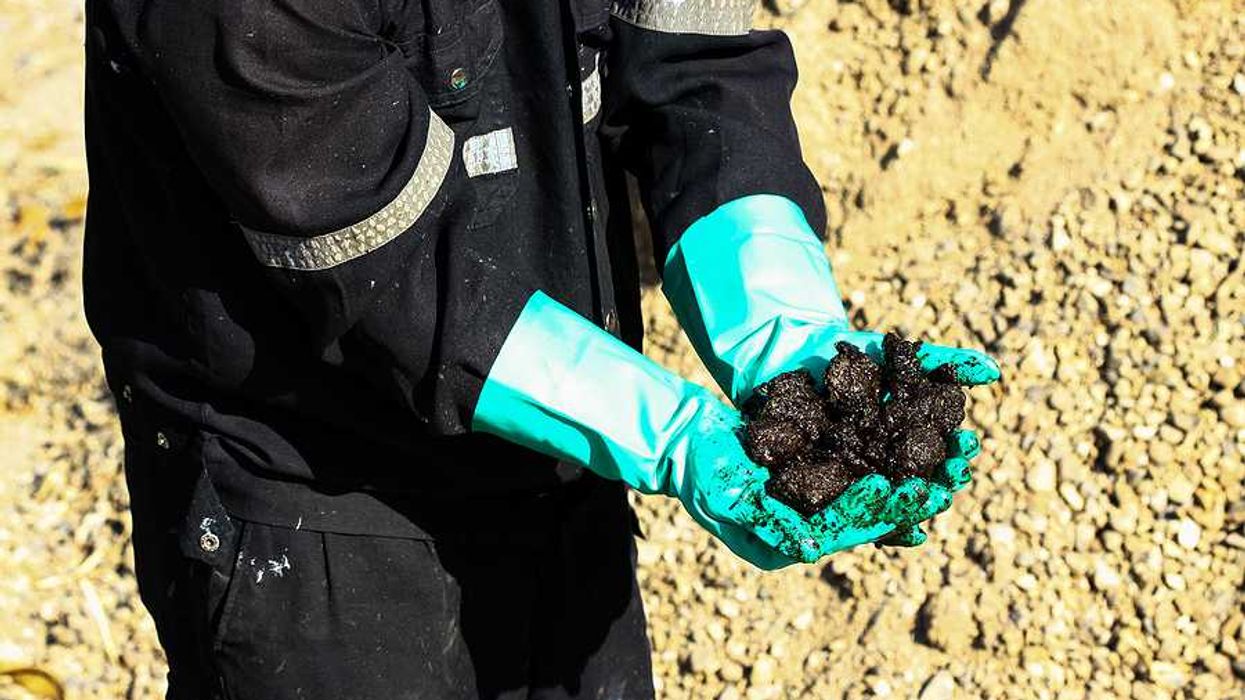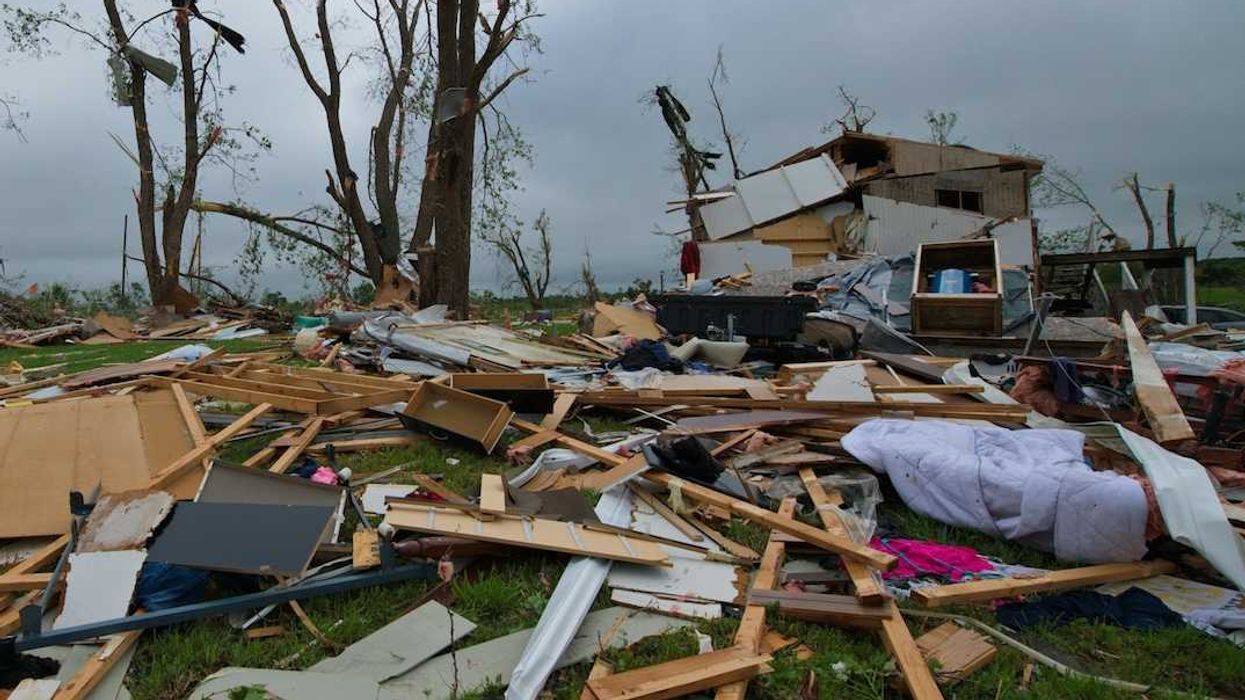With climate change exacerbating drought conditions, Texas farmers are increasingly reliant on heavily subsidized crop insurance, as costs continue to surge.
Dylan Baddour reports for Inside Climate News and Alejandra Martinez reports for the Texas Tribune.
In short:
- Texas has seen crop insurance payouts for drought soar from $251 million per year in the 2000s to over $1 billion annually in the 2020s.
- Drought now accounts for more crop insurance claims than any other weather event in Texas.
- The federal crop insurance program, crucial for farmers, is facing mounting financial pressure due to increasing extreme weather events.
Key quote:
“Drought and heat are expected to get worse in Texas. Climate change is going to increase costs for both taxpayers and farmers.”
— Anne Schechinger, Environmental Working Group
Why this matters:
Escalating drought conditions threaten the viability of Texas agriculture, driving up costs for both farmers and taxpayers. Subsidized by the federal government, these insurance programs are designed to mitigate the financial risks associated with crop failure due to adverse weather conditions. For Texas farmers, crop insurance is no longer a precaution but a necessity. The safety net it provides has become increasingly essential as extreme weather patterns become more common.
Related EHN coverage:



